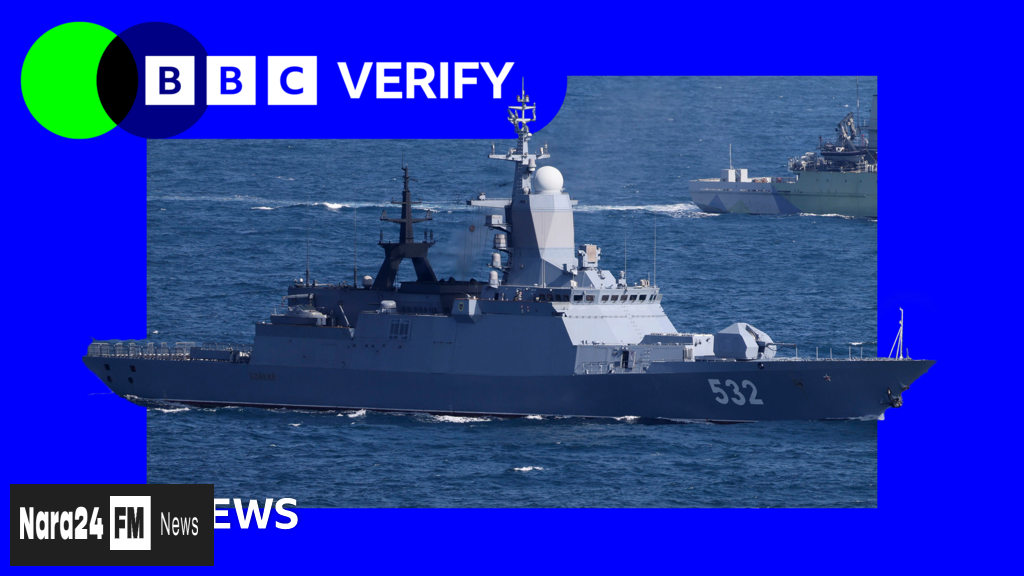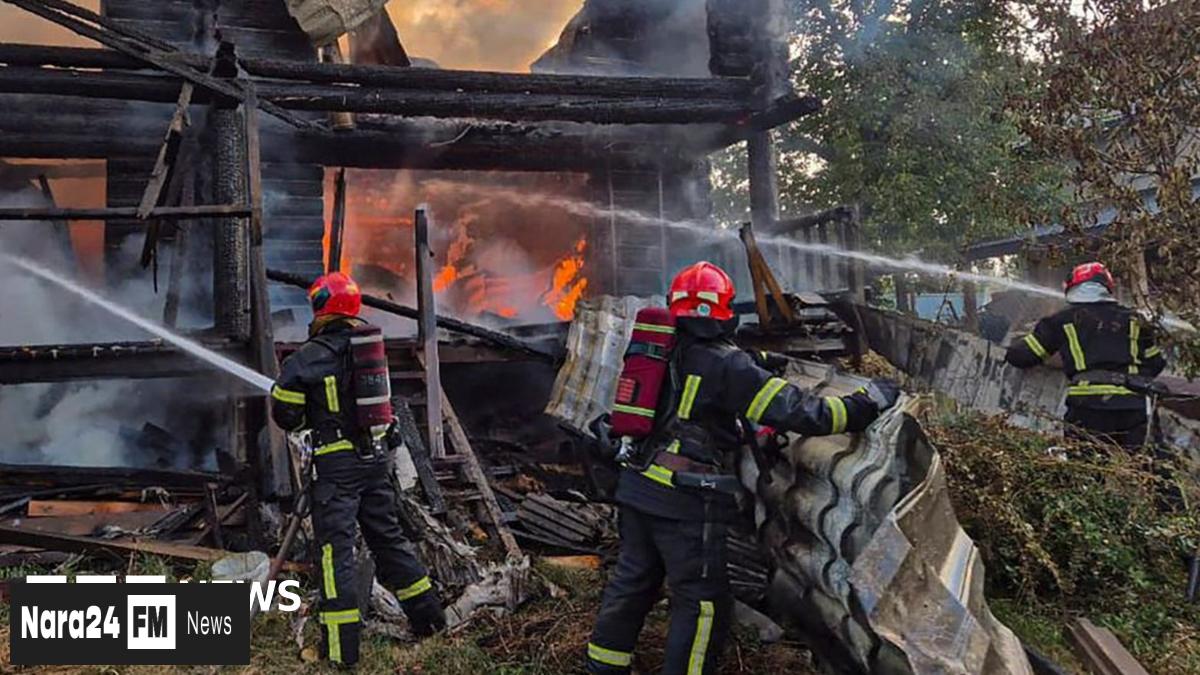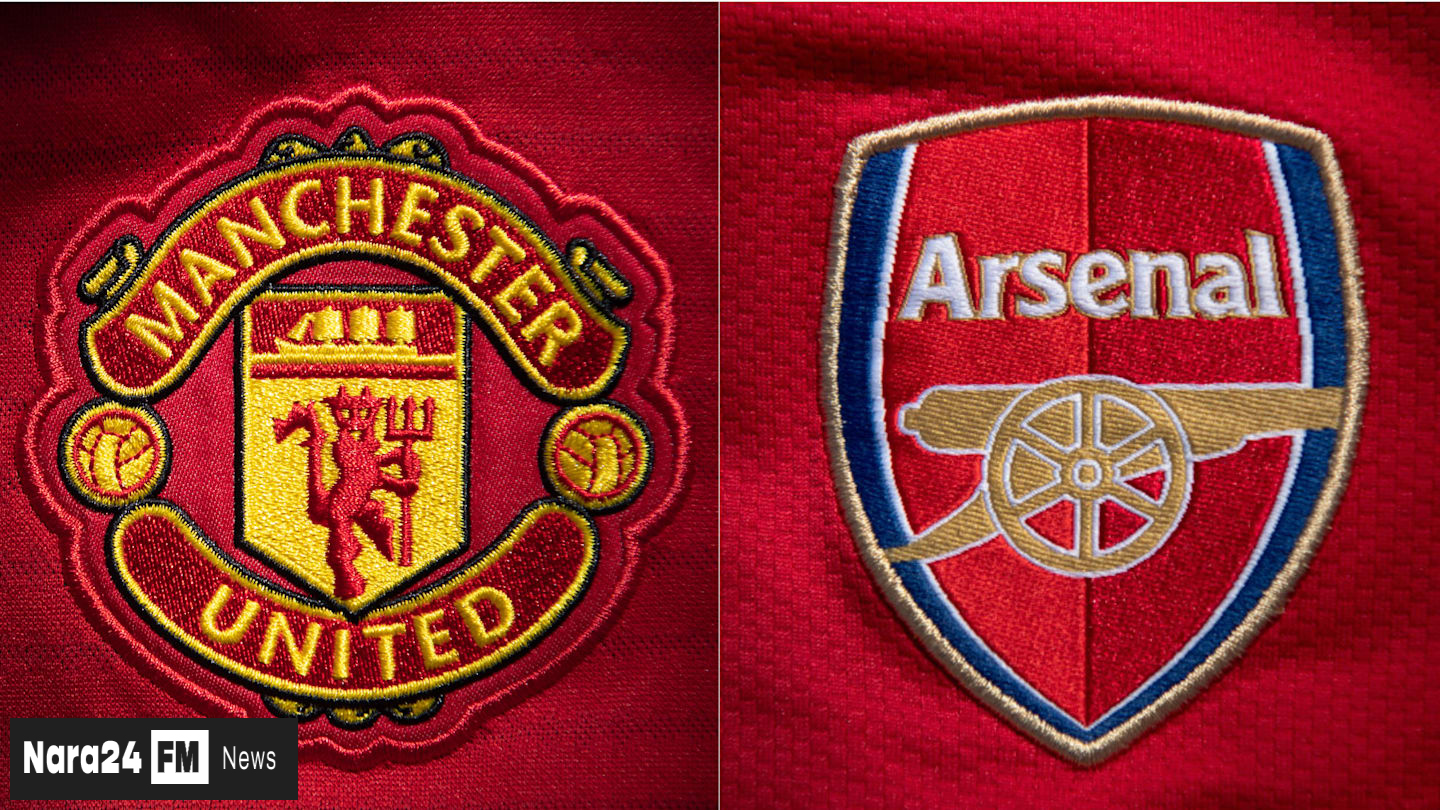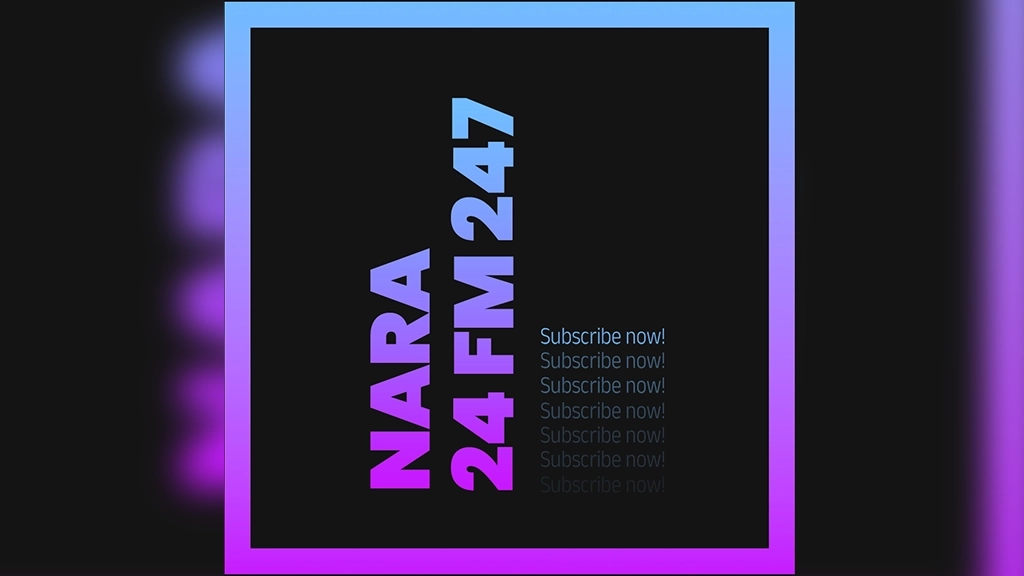In This Article
- Investigation Reveals Russian Corvette Disguising Identity
- Accompanied by Sanctioned Tankers in English Channel
- Russian Embassy Approached for Comment
- Expert Analysis on Possible Prompting Factors
- Previous Encounters with Shadow Fleet Vessels
- Discovery of Boikiy's False ID Signal
- Unusual Behavior of the Boikiy
- Meeting with Sanctioned Tankers in the Channel
- Royal Navy Shadowing the Boikiy
- Destination of the Vessels Remains Unclear
- Ongoing Concerns over Russia's Military Actions and Sanctioned Vessels
Key Takeaways
- A Russian corvette, the Boikiy, disguised its identity using a false ID signal while transiting the English Channel with two sanctioned oil tankers.
- The Boikiy was accompanied by two vessels belonging to Russia's 'shadow fleet', a network of tankers used to transport sanctioned oil products.
- The Russian embassy in London has been approached for comment on the Boikiy's actions.
- The Boikiy's actions were unusual for a Russian naval vessel, as it used a generic identification number to disguise its identity instead of turning off its Automatic Identification System.
- The Boikiy, the Sierra, and the Naxos were all recorded passing through the English Channel, with the Royal Navy shadowing the Boikiy as it transited.
A recent investigation by BBC Verify has uncovered that a Russian corvette, the Boikiy, disguised its identity using a false ID signal as it navigated through the English Channel with two oil tankers subject to sanctions. The Boikiy, equipped with guided missiles, broadcasted a fraudulent ID code, appearing as other vessels on tracking sites. By cross-referencing satellite imagery, tracking data, and a video of the Boikiy passing under a bridge in Denmark, BBC Verify was able to identify the ship.
Accompanying the Boikiy were two vessels belonging to Russia's "shadow fleet" – a network of tankers with ownership that can be concealed and used to transport sanctioned oil products. The Russian embassy in London has been approached for comment on this matter. Experts suggest that recent Western actions against the shadow fleet may have prompted Moscow to use its military for the protection of these tankers.
Last month, a Russian Su-35 fighter jet entered Estonian airspace after the country attempted to intercept a shadow fleet vessel suspected of carrying sanctioned oil, potentially indicating a heightened effort by Russia to deter other NATO states from attempting to board or seize these vessels due to the increased risk of confrontation and escalation.
Independent open-source intelligence analyst Christian Panton initially drew attention to the Boikiy on social media. The ship had previously participated in a diplomatic mission in West Africa and was later spotted in photos online docked in Guinea's capital, Conakry.
The Boikiy left port without activating its Automatic Identification System (AIS), a signal that all ships are expected to broadcast, though military vessels often sail without it. However, a vessel using the generic identification number 400000000 – a code sometimes used by vessels who want to alert others to their presence for safety reasons without identifying themselves – was spotted near the Canary Islands, which aligns with the travel time from Conakry. Satellite imagery reviewed by BBC Verify showed a 100m-long ship, matching the dimensions of the Boikiy and distinguishing it from other vessels that had used the ID.
Frederik Van Lokeren, an analyst and ex-lieutenant in the Belgian navy, noted that the Boikiy's actions were unusual for a Russian naval vessel. "Normally, if the Russians want to remain hidden in secret, they just turn off their AIS signal. So for them to be camouflaging as something else… it's very, very uncommon," he said.
The Boikiy was later joined by two oil tankers that had made their way from India through the Suez Canal and across the Mediterranean – the Sierra and the Naxos. Both ships have been sanctioned by the UK. The three vessels all met at the mouth of the Channel on 20 June. Here, the Russian naval vessel appeared again in radar-based and optical satellite images, confirming its identity.
The Naxos had reached the entrance to the Channel several days earlier than the other ships, and waited for the warship before proceeding into the channel. A UK defence ministry source confirmed to BBC Verify that the Royal Navy shadowed the Boikiy as it passed through the Channel. Satellite images reviewed by BBC Verify showed a ship tailing the Boikiy as it transited through the waterway, but it could not be confirmed that this was the Royal Navy ship.
All three vessels continued sailing towards the Baltic Sea, where the Boikiy – still traveling under the fake AIS marker – was recorded passing underneath the Great Belt Bridge in Denmark. Its destination remains unclear, though all three vessels may be heading towards ports in mainland Russia or Kaliningrad – an exclave between Poland and Lithuania.
As tensions continue to rise, concerns over the actions of Russia's military and its relationship with sanctioned vessels persist. Stay tuned for updates as we continue to monitor this situation.








Comments (0)
Leave a Comment
Be the first to comment on this article!